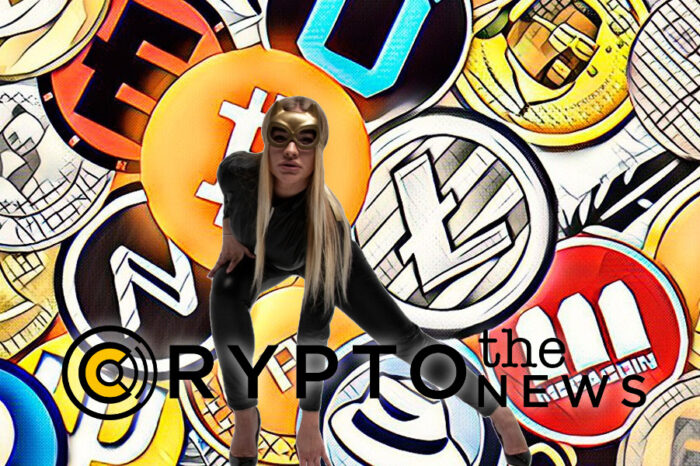Stablecoin Saga Execs: CBDCs Are Not a Solution to Broken Monetary Policy

Stablecoin Saga Execs: CBDCs Are Not a Solution to Broken Monetary Policy
As countries worldwide research central bank digital currencies, or CBDCs, many in the crypto space analyze what that means for adoption and even lucrative partnerships to develop such tokens. However, at least some commentators like Saga executives have noted that CBDCs will likely disappoint those who hopes for changes in monetary policy.
“A change in packaging”
Ido Sadeh Man and Barry Topf — respectively the founder and chief economist of Saga, a global stablecoin project — warned against the wave of optimism around CBDCs.
“It’s basically a change in packaging, a change in technology. A welcome change,” Topf elaborated. “Essentially, it still remains a one-nation or one-entity fiat currency. The value of the currency is determined by the sovereign or group of sovereigns behind it.”
Man agreed, though saying that he was more optimistic than Topf when it comes to CBDCs:
“I think that CBDCs are definitely good news in the sense of easing the payment railways and repackaging in a way that is more suitable to the global economy.”
Saga’s SGA token and a global peg
Saga runs a stablecoin, SGA, that launched in December. It is tethered to special drawing rights. The SDR is a basket of currencies that the International Monetary Fund bases on a varying ratio of dollars, euro, yuan, yen and pounds sterling. However, Man explained, “we are separating slowly from the SDR by lowering the reserve ratio.”
The reduction of reserves would seem to put SGA on track to replicate fiat, but Man says the difference is that SGA’s reserve changes per a mechanism that anyone can access: “When you look at CBDCs, I don’t know of any central bank that is about implementing monetary policy based on a consensus mechanism.”
“The trust we are reaching for should not depend on us being better people than others. It should be systemic,” Man further explained. Topf, who spent 13 years at Israeli’s central bank, also said that transparency and consensus are SGA’s killer app:
“We sought a monetary model that was more advanced and objective than any central bank could produce. […] Some people look at cryptocurrencies and see a technological innovation. We began working on this looking for a monetary innovation.”
Facebook’s Libra stablecoin similarly looked to a global basket of currencies for backing, but would initially be able to adjust that basket at will. The company finally had to back down from this mechanism when U.S. regulators halted the emerging project, largely reasoning that this basket made the coin look suspiciously like a security.
Based in the U.K., SGA did not have to fight with U.S. regulators as early on. It remains unavailable in the U.S. as well as in Israel.








 Bitcoin
Bitcoin  Ethereum
Ethereum  XRP
XRP  Bitcoin Cash
Bitcoin Cash  Litecoin
Litecoin  Stellar
Stellar